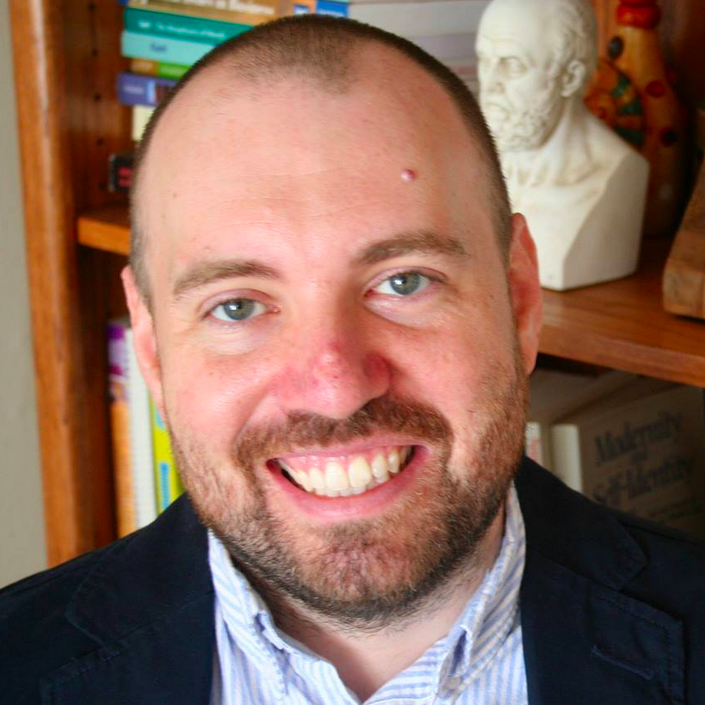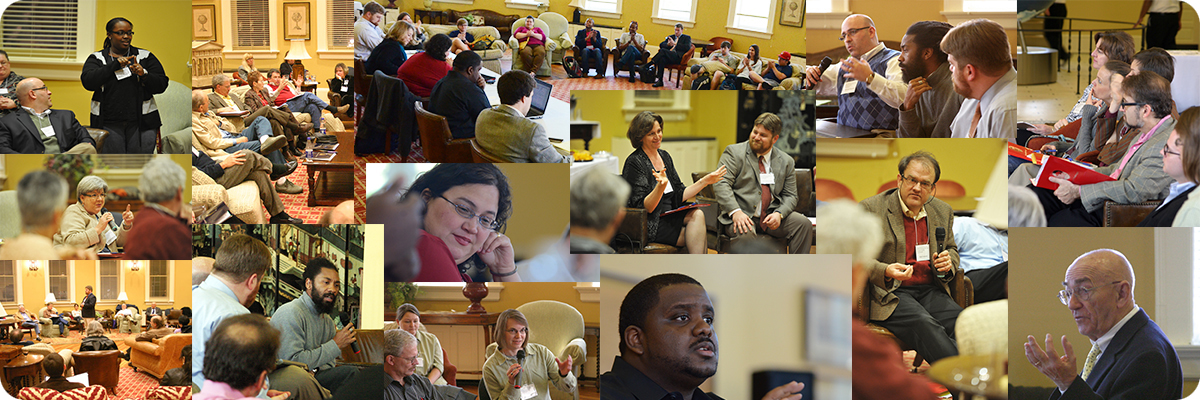
J.J. is an assistant professor in Communications Media at Fitchburg State University. Since 2014, he’s been a HASTAC Scholar and in 2015 he received North Carolina State University’s Award for Excellence in Classroom Teaching. J.J.’s research focuses on understanding the impact of big data, algorithms, and other new media on processes of subjectivation. Using the framework of posthumanism, he explores how the media we use contribute to our construction as subjects.
Listen for our “You Tell Me!” questions and for some jokes in one of our concluding segments, called “Philosophunnies.” Reach out to us on Facebook @PhilosophyBakesBread and on Twitter @PhilosophyBB; email us at philosophybakesbread@gmail.com; or call and record a voicemail that we play on the show, at 859.257.1849. Philosophy Bakes Bread is a production of the Society of Philosophers in America (SOPHIA). Check us out online at PhilosophyBakesBread.com and check out SOPHIA at PhilosophersInAmerica.com.
(1 hr 6 mins)
Click here for a list of all the episodes of Philosophy Bakes Bread.
Notes
- Different findings about what percentage of a person is human cells: Michael Greshko, “How Many Cells Are in the Human Body—And How Many Microbes?” National Geographic, January 13, 2016 and Ron Sender, Shai Fuchs, and Ron Milo, “Revised Estimates for the Number of Human and Bacteria Cells in the Body,” PLOS Biology 14, Issue 8 (2016): 1-14.
- Katherine Hayles, How We Became Posthuman: Virtual Bodies in Cybernetics, Literature, and Informatics (Chicago: University of Chicago Press, 1999).
- Walter Ong, Orality and Literacy (London: Routledge, 2012).
- Neil Harbisson, “I Listen to Color,” TED Talks, July 2012.
- Video of Angel Giuffria, speaking with Grant Imahara on the White Rabbit Project, and demonstrating the shooting of an arrow with her prosthetic forearm.
- The Rob Dunn Lab, North Carolina State University.
- National Geographic, “Are Mites Having Sex on Your Face? [Video],” YouTube.com, September 23, 2014.
- According to their Web site, “HASTAC (Humanities, Arts, Science, and Technology Alliance and Collaboratory) is an interdisciplinary community of humanists, artists, social scientists, scientists, and technologists that are changing the way we teach and learn.”
You Tell Me!
For our future “You Tell Me!” segments, J. J. posed the following question in this episode:
“How do you think our current media environment is shaping the way that we understand and interact with the world? How might we experiment with those media?”
Let us know what you think! Via Twitter, Facebook, Email, or by commenting here below.


